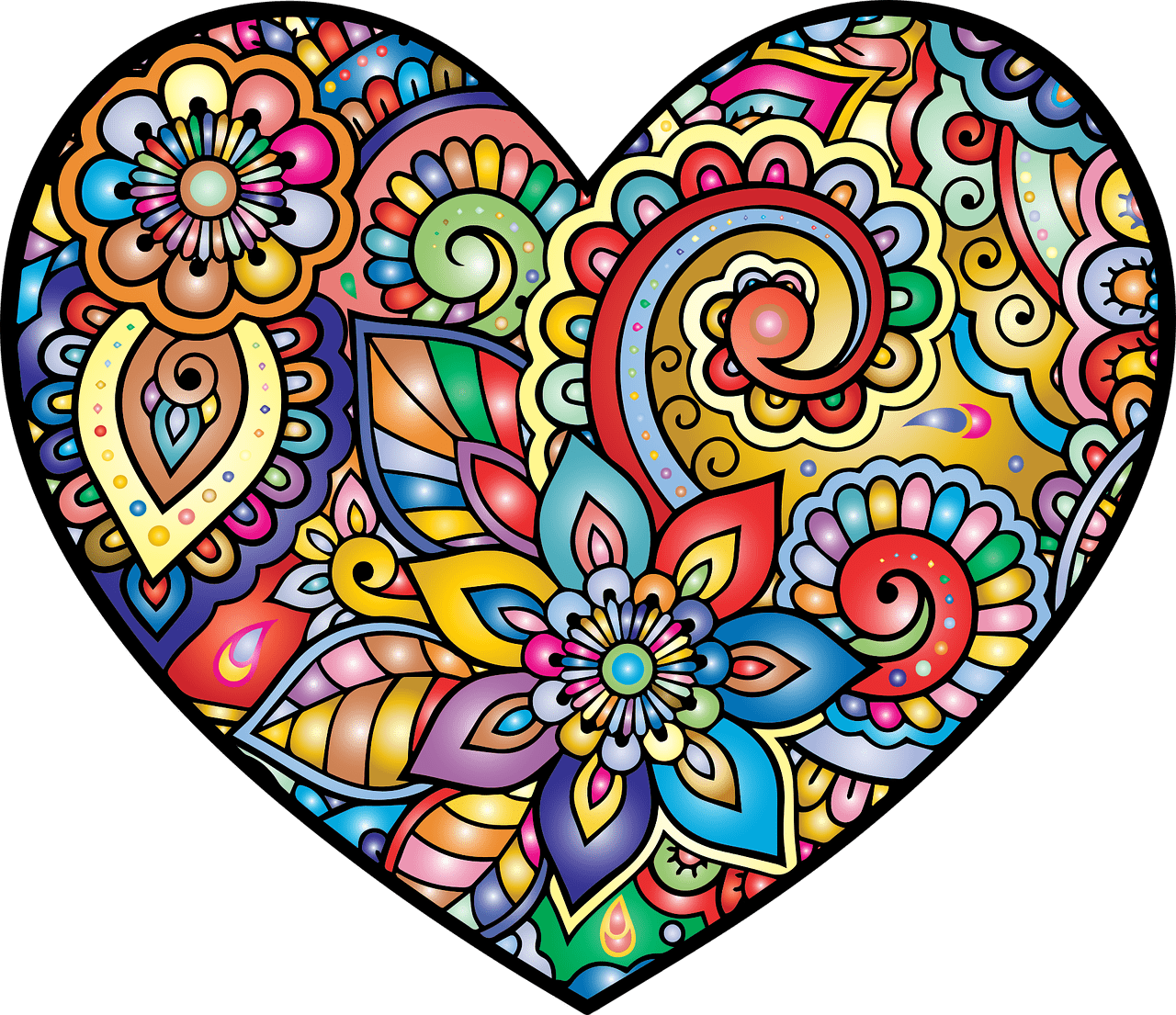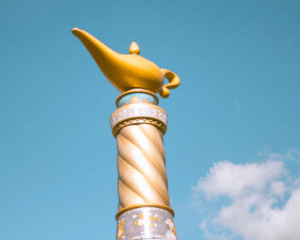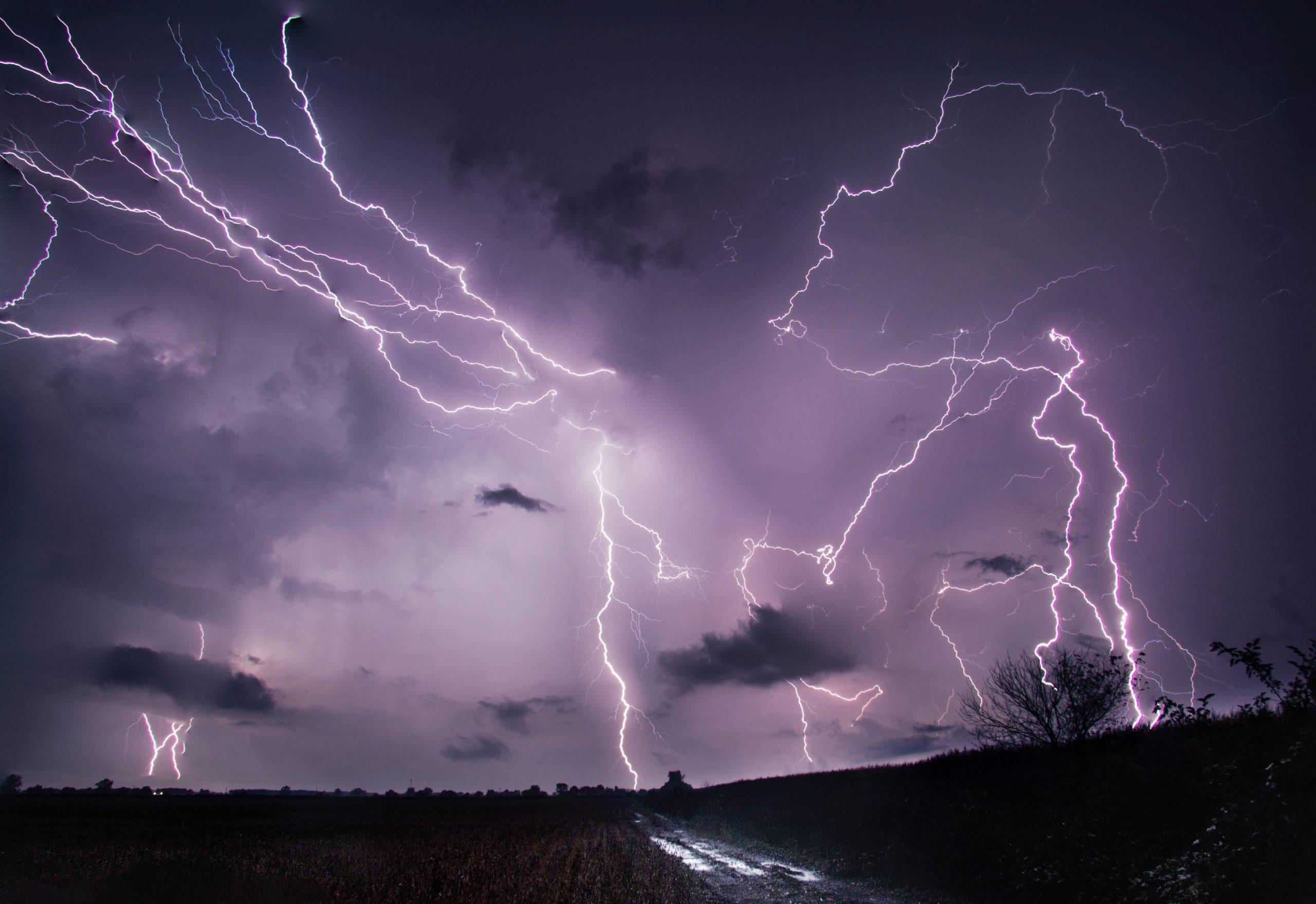
Are you thinking “It’s the most wonderful time of the year. Kaching!?”
Oh, dear.
That’s akin to making the holidays all about the commercial aspects, and losing sight of the season’s wonder, awe, gratitude, love, and warmth of community.
Yes, many nonprofits raise the lion’s share of their annual fundraising goal in the last few months of the year. In fact, December accounts, on average, for 31 to 50% of all contributions from individuals. So, you’re to be forgiven if you’re excited to see the money come flowing into your coffers.
But, just because it’s solicitation time does not mean it isn’t cultivation/stewardship time.
It’s not just about the money.
Ever time you communicate with donors you need to show the love.
How you spread love through your mission-focused work.
How you love your supporters.
How love, not money, is at the heart of all philanthropy (philos/love + anthro/humanity).
Even though you’re ramping up fundraising activities this month, you can’t lose sight of your donor. And what’s in it for them if they give to you. So, ask yourself:
- How will donors feel when they receive the year-end missive you’re sending?
- How will donors feel when they say “yes” to your appeal?
- How will they feel immediately after they give?
- How will they feel later — a month, two months, three months, six months and 12 months after they give?
Do you come across as being only about money?
You may if your year-end fundraising looks mostly like this:
- Help us meet our fundraising campaign goal.
- Help us raise $XX,XXXX (money) before the year ends.
- Grab your tax deduction before December 31st.
Such admonitions are all about you, your deadlines and money.
They are things people think about with their brain, not their heart. With their reasoning, not their emotions. WIth the part of their brain that makes them give a token or habitual gift, not a thoughtful or passionate one.
And once the gift comes in, then what?
Do you simply take the money and run?
If a donor makes a gift and you simply dispense an automated thank you, and nothing more, that’s not a donor relationship. That’s a transaction
If you get all ATMy at this time of year you’re going to lose these donors by this time next year. Or you won’t get them to give more. Or tell their friends how great you are. Or do any of the other things that donors do when they love you.
One-time gifts are here today, gone tomorrow. In fact, a whopping 80%+ of first-time donors won’t give again.
Transactions won’t help you next year or the year after that.
No. You’ve got to transform the transactions into something longer lasting.
You want donors to feel terrifically warm, fuzzy and inspired after they give to you.
Yes, you’re going to ask — maybe multiple times — at this time of year. But to get the desired response – and feeling — you still have to ask the right way.
Details



 Remember learning your multiplication tables? The concept is powerful for fundraising!
Remember learning your multiplication tables? The concept is powerful for fundraising!


 Does your nonprofit promote stock gifts? You should!
Does your nonprofit promote stock gifts? You should!
 Taking the time to look at your fundraising message with a critical eye can help you raise a lot more money.
Taking the time to look at your fundraising message with a critical eye can help you raise a lot more money.
 Did you ever wonder if there is a foolproof way to communicate with donors?
Did you ever wonder if there is a foolproof way to communicate with donors?

